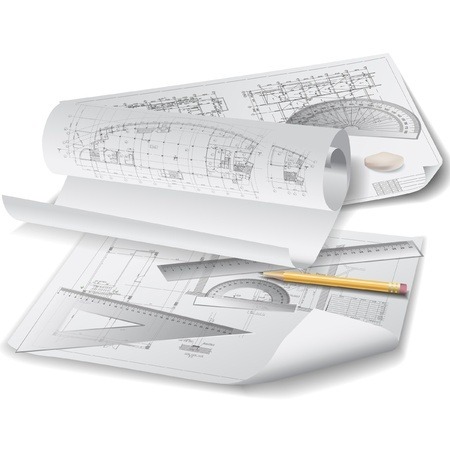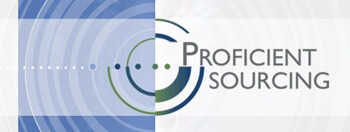Proficient Sourcing encourages OEM buyers to allow us to help them by providing candidates for their custom manufacturing requirements. OEM buyers may be dealing with foreign products, and their RFQ’s may be for a foreign engineered product.
 Accordingly, on occasion we deal with drawings, specifications, and RFQ supporting information in some foreign language. By and large, the companies we deal with in our supplier network are under $20M in annual sales, and none that we know of have a strong foreign language capability.
Accordingly, on occasion we deal with drawings, specifications, and RFQ supporting information in some foreign language. By and large, the companies we deal with in our supplier network are under $20M in annual sales, and none that we know of have a strong foreign language capability.
This means each must find suitable translation resources in order to even start the quoting process in almost every situation we are aware of. Not only is this an obvious cost, but extends the time required to respond.
We do not believe it is likely an OEM will find new suppliers for their parts who have in-house translation skills. If this is true, then someone will incur the cost of translations, and the OEM is who will bear this cost one way or another.
It therefore seems apparent that if the OEM translates the Foreign language Drawings and Specifications to begin with several advantages will occur. Among them are a) faster supplier candidate response, b) assurance that translation errors will be present, and c) potentially good suppliers will be able to quote.
Do you agree or disagree with this point? We’d appreciate your feedback.

